After starting several landscape paintings with acrylic paint on board I had a go with digital ideas. I worked on these Thursday night on my travel from Wellington to Levin. I spoke to no one on the train, spenting the time on the computer and resting.
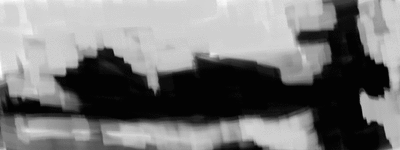
Similar start to the acrylic paintings. I like going in dark to define areas then using the gray for the environment. Colours are built up similar to how I would do it with acrylic. More detail is needed to bring it to a finished level.

I need to reopen this file and add more infomation and detail. Trees could work.
Life drawing tomorrow.
Read more →
On Thursdays I am taking Marc Hills painting class. In the past when I’ve taken his classes I haven’t painted. Drawing… and hearing what he has to save. This terms going to be different. I want to paint and get plenty done.
Landscapes are what Marc specializes in. I may as well give them a go. I’ve enjoyed using landscapes in GIMP for SketchDaily. Chance to develop my art in a different style then just people. Conceptart.org is a favorite for me - Environment of the Week. I’ve told a bunch of people about it. If I haven’t told you, check it out! I haven’t posted anything I’m very inspired by the artwork posted. I am also inspired by the PC games – The Elder Scrolls : Skyrim (must invest more time) and Minecraft (I just brought it after watching my brother play it over Xmas). I’d be interested in transferring ideas from these games into my painting.
Here’s what I did on Thursday -
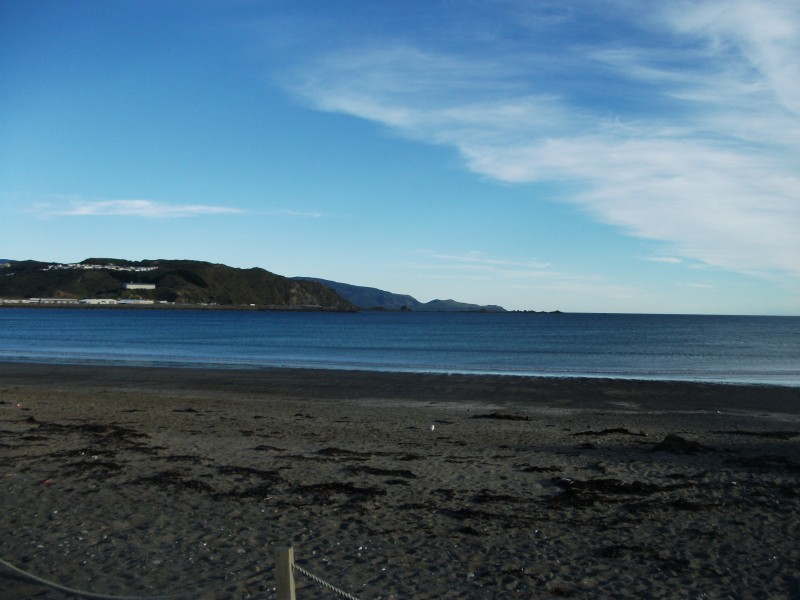
I took this photo at the end of last year. Lyall Bay is one of my favorite spot. I’m further away now that I have moved to Mount Cook. Kilburne is close the Lyall Bay. I don’t miss my old flat. Next weekend I’ll be in Island Bay so I’ll be sure to take the camera and get a few shots for future reference. For both of the paintings I started I started with this reference then switched to imagination. Thinking about buying a set of gouache. Could be helpful for traveling round Wellington and painting.

Reeves Artist Acrylic paint. It’s cheap. Does the job. I started with the horizon. Flat large brush – size 24.
I focused on creating depth and perspective in the piece. It’s only operating on two levels currently – the foreground surface and the background surface. The water effects and scale help create a distance between these objects.
The feedback I got back from Marc about this was to watch the clearatiy – basically that I didn’t lose objects or a sense of whats happening.

I went in with some colour – only a yellow for now. I’ll mix in other colours later – but wanted to take it slow. All my paint – oils and acrylic are opaque so I’ll keep exploring the properties of opacity. My digital painting has used this recently – working on 70% opacity over a low 30%. Marc works with opaite paints so he will be able to give feedback directly related to working with opaqueness. I like the gaps that I created in the
foreground. Giving a sense that there is more complexity to the piece then just blocks. It creates paths – and walkways. WHere would I like to take this next? Colour. Detail. I’d like to leave areas blank or underdeveloped – partially areas that are working. Areas that are not working – cover in paint – go in with detail. That’s the basic way I’m working with these paintings.
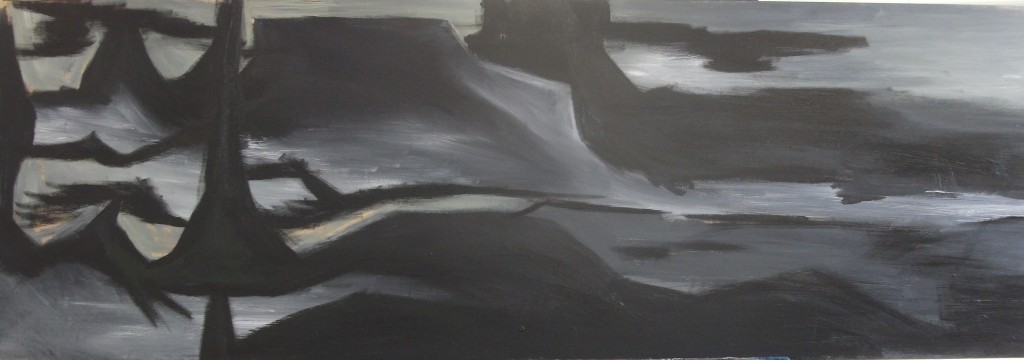
The second painting I started. Very much along the same idea as the first. I have 9 of these boards so would like to complete 9 landscape paintings – but see how they go and develop! Rachel said she liked this more the first wonderful! They should improve as I progress. Marc gave some helpful feedback at the end of the day on this – watch the line. This is an interesting point – I would like to have crisp edges. Stencils look like a option.
Back to Minecraft… taking a break from SketchDaily as I’m not enjoying the current theme. I have some digital landscapes that I will upload later – done on the train when traveling to Levin.
Read more →
Last week I was lucky enough to head to Expressions gallery in Upper Hutt with Roberts block class. I wasn’t expecting to see the show as Upper Hutt is far away, so extremely happy to get a chance. Hoped that Roger Key had entered a painting. Disappointment. Mostly interested in the paintings, especially use of color and tone.Certain paintings and works stood out for me - partially tutors that have taught me.
I had Karla as a tutor during my first term at TLC – July 2010. She teaches the foundation program. Her skill is wasted in such a limited class – I would be interested in taking a mains or block painting class by her.
I liked that she had left areas empty and the lines of charcoal are noticeable. I used a similar technique in Clowning around. Though I filled in all areas in the end, I worked with the concept of leaving areas blank or under-worked. Can be applied to my life drawing as well This causes a certain focus. The detail and focus are beautiful.
Read an article from Marc Hill talking about his painting Carmen here. I loved the 3d aspect – Marc Hill has a background in stage and set design so this would come very natural to him. In the staff exhibit last year he painted an ocean landscape on a silver surface – an incredible effect for the clouds. I’m taking Marc Hills class this term – on Thursdays and plan to paint landscapes and environments. Hoping for some wonderful. Hill is certainly a tutor at TLC with an incredible background. TLC very privileged to have him teaching. He works with opiate paint over transparency. Fast drying – poster paint I believe. The sets would need to dry quickly so oils are a hard option if the sets needed immediately.
Another work I’d like to mention is Gary Freemantles – Red Dot dog. This was a small round red sticker – and a painted bulldog portrait. Acrylic on paper. It gave me a good laugh. Oh Gary, such a troll. Priced for $250.00 it sold! Legend.
Read more →
On Friday I painted on GIMP at TLC. We didn’t have a model so I just hanged out in Garys room with Rachel and such.
I haven’t been very good with keeping up with Reddit SketchDaily. This was spose to be a toy design but turned into a landscape. If I feel like painting a landscape, I’m going to do it! I saved ALOT of layers when working on this (17 in total), I shank this down to 7 frames for the GIF.
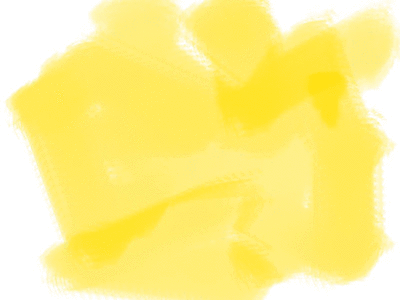
I started with a yellow background – created with a large brush. I then sketched in a toy design – gave him a stick to hold and used a red color scheme. I then focused on the background. Blues first. I created a horizon line where I separated the water with land. My thought behind the land was desert skinny hills. It needed contrast so added red at the end. I’ll explore this further.
I added a bridge over the water. This helped bridge the gap in perspective.
light highlights added to the water – simply adding white to the blue.
In the foreground I explored a reddish-brown, I completely changed the foreground – making the character almost non-existent.
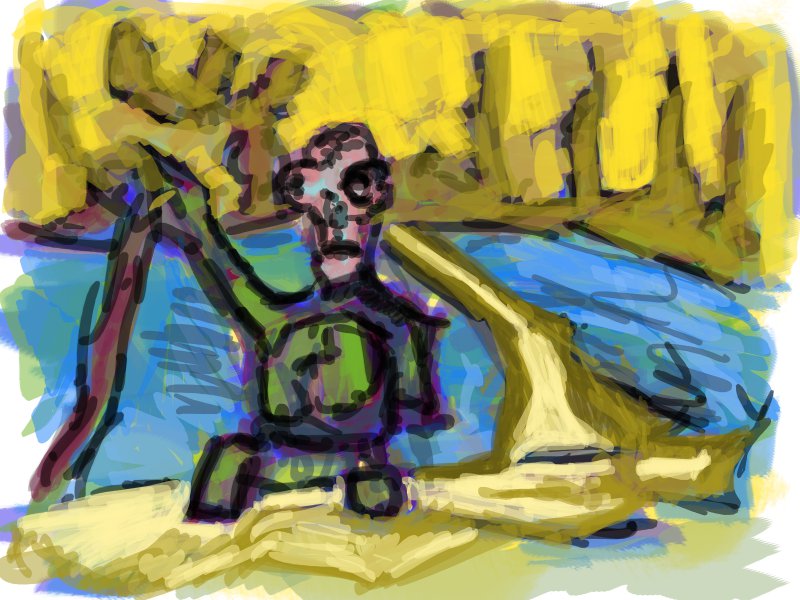
Here’s the moment I’m most happy with. Perhaps I should develop from here.
Read more →
The theme on Reddit SketchDaily today is Monster Under The Bed.
I’ve been busy moving these last 4 days but finally had some time this morning to do a quick sketch in GIMP. I used no reference but instead just worked from imagination.
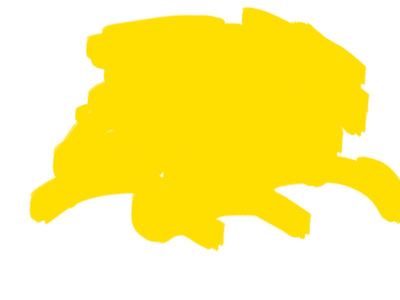
GIF of the process. Starting with a large brush I apply yellow to the background. Next it’s grays to get the shape in, followed by black line around major areas. Two shades of blue - darker on the figure on the bed and monster under the bed. This same blue used for the frame.. White was added to the blue for the background and below the bed. The final color was a reddish-brown. I applied this to the two figures and the frame. White shade for the background.
Read more →
Theme of the week is happening on Reddit SketchDaily. The theme – Seven Deadly Sins. For the first day it’s Gluttony.
mmmm, food. I had subway for dinner last night as I was given a $20.00 subway card for xmas. Haven’t brought any food since moving into this new flat – might survive on subway again today and shop tomorrow.
Anyway, back to the the art. I did a search on google for gluttony for some reference inspiration. And found this disturbing image. Would be interesting to draw.

The models I get for life drawing are often skinny, especially the male models (James, Robert etc). I’d like to draw a overweight male. Arhhh, more varional on
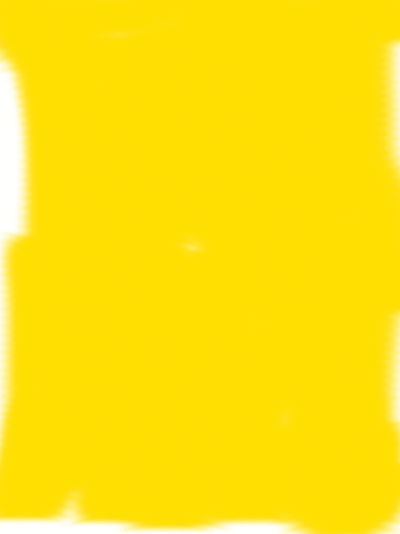
The GIF. Sadly no video today. I recored it but when I tried to open it after the file was corrupted. I’m using Cam Studio. Maybe I need to check the settings. The files it creates are huge as well – 4 gig for the recording of this painting.
I explored enviorments again, something common in my last few pieces. Any feedback on this would be greatly appreciated. The smudge tool was fun to play around with. Creates transparency and distortion. For the seven deadly sins I think this distortion is important – much like the colors – brown, gray – sickly. With the green I tried a impression style – blobs of green to make up a area. Maybe I could use this same technique with figures as well?

Here’s the final. Does his head look like ET?
Read more →
I got a new mentor. Here’s the email I sent her today explaining my plan and such for the year. You can read it too….
Hi Sophie.
My cellphone is currently at my Mothers home in Levin… I will have it later back late next week. Best contact is via email. I check daily. I’m useless with a cellphone.
I’m really happy to be back at TLC… Roberts block this week.
Over the holidays I focused on digital painting. Normally I draw and paint from a life model (pencil/color pencil/crayon/acrylic).
This term I’m doing Life drawing on Monday with Dan and painting with Marc on Thursday. I life paint every 2nd Friday. On days I don’t go into TLC I’ve planned several exercises:
- Sketchbook. I’ve used these for years and will continue doing so. Pencil, Colored Pencil, pen, watercolor. I like to get outside and draw from life – people, buildings, trees, anything I find interesting.
- Website. Working on a new design. Continue with regular posting. Get some guest post/collaboration happening. Launch a programming blog in March (so need to work on the design for this)
- Reddit SketchDaily. I’ve been doing this for the past month and a half and will keep it up
- Environment of the Week – ConceptArt.org - I’ve never entered artwork – the standard is high. I plan to start working on the themes and upload paintings for it.
- Video. Continue with recording of digital painting. Expand to oil painting. Commentary.
- Programming. Currently working with Python, and learning C++. I see programming going hand to hand with art.
So that’s my plan for the year. Knowing myself, bound to change and evolve.
In terms of my artwork and getting it to you – my blog posts are the best stop – lets you see what I’m thinking behind the artwork. You can subscribe to my blog via email or RSS reader. I also upload to TLC Workroom but I don’t upload everything. I can also email you artwork if that’s best for you.
I’ve setup a digital worklog with Google Docs. Since you arn’t at TLC campus (my last mentor Lee was) a digital worklog will be easiest.
I’ll keep this regularly updated.
I think that’s everything for now. I’ll keep you updated.
-William Mckee
Read more →
I spent yesterday cleaning my room as I’m moving this weekend. I also had problems with my internet connection. It just wouldn’t stay connected – connection dropped every few mins. Town yesterday with my flatmate – Syed. He wanted to look at flats. I found a flat on Wednesday night thankfully.
It was a beautiful day in Wellington. I had my sketchpad – popped into the french art shop (hadn’t been in for ages) and brought 3 new colored pencils. With so much digital work produced lately it was nice to use colored pencils.
The theme on Reddit SketchDaily (I’m kinda falling behind) is Inorganic character design. I didn’t do a character – instead applying the inorganic to landscape drawing.
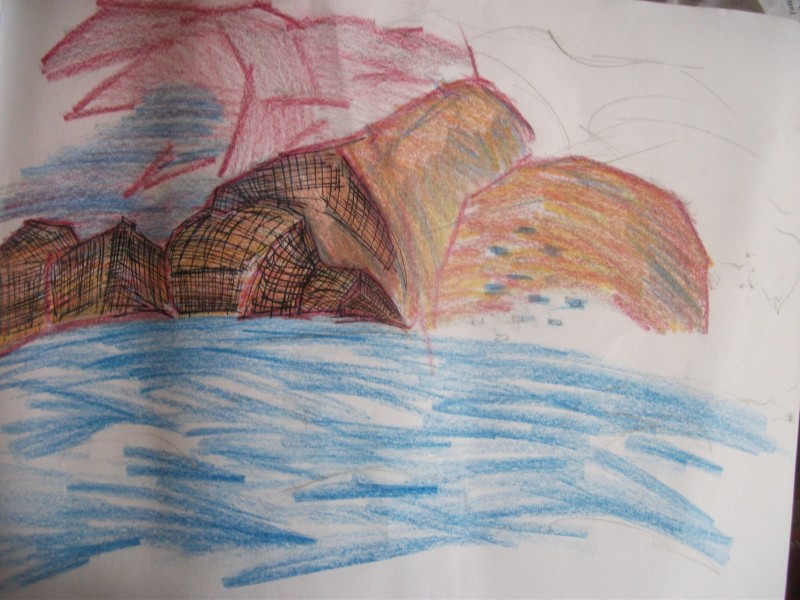
No WIPs or such. I didn’t have my camera with me. Camera is fixed now though! Will make it easier to upload drawings! I’ll aim to get the life drawing I did on Wednesday uploaded on Sunday. unfortunately I missed out on life drawing Thursday as I spelt in – got my room packed though!
This was drawn on the Wellington waterfront. The straight lines created an inorganic shape to the hills! I reinforce this further I used the pen, experimenting with straight lines and crosshatching.
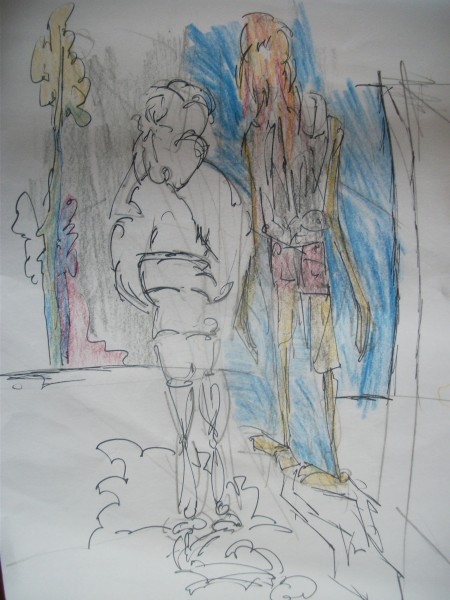
Sketch of a couple of people in Wellington. Some foliage in the scene, taking it beyond just the two figures. Certainly want to continue this in the life drawings this term.
Expect to see more drawings soon! Plus I’ll keep working on digital works, but maybe not as much as I have been this month and a half.
Read more →
This evening I sumbedupon the site Drawspace. I checked their advance section – and found a section that looked at Old Masters. Last year I became interested with Old Master drawings – partially Rembrandt. Though I took a break from this over Xmas I’d certainly look into it again.
I followed their tutorial on drawing a nose in the style of Da Vinci:
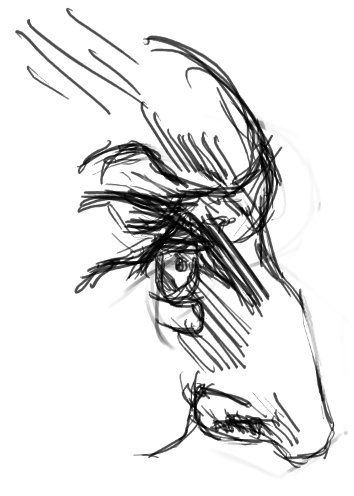
With my digital works I have focused on painting techniques over drawing. This is much different to what I have done for SketchDaily and such. What do you think of it? I’ll certainly like to explore this line technique in future works.
The next tutorial looked at drawing a babys head with similar techniques. I found a reference photo of a baby on DeviantArt and created this:
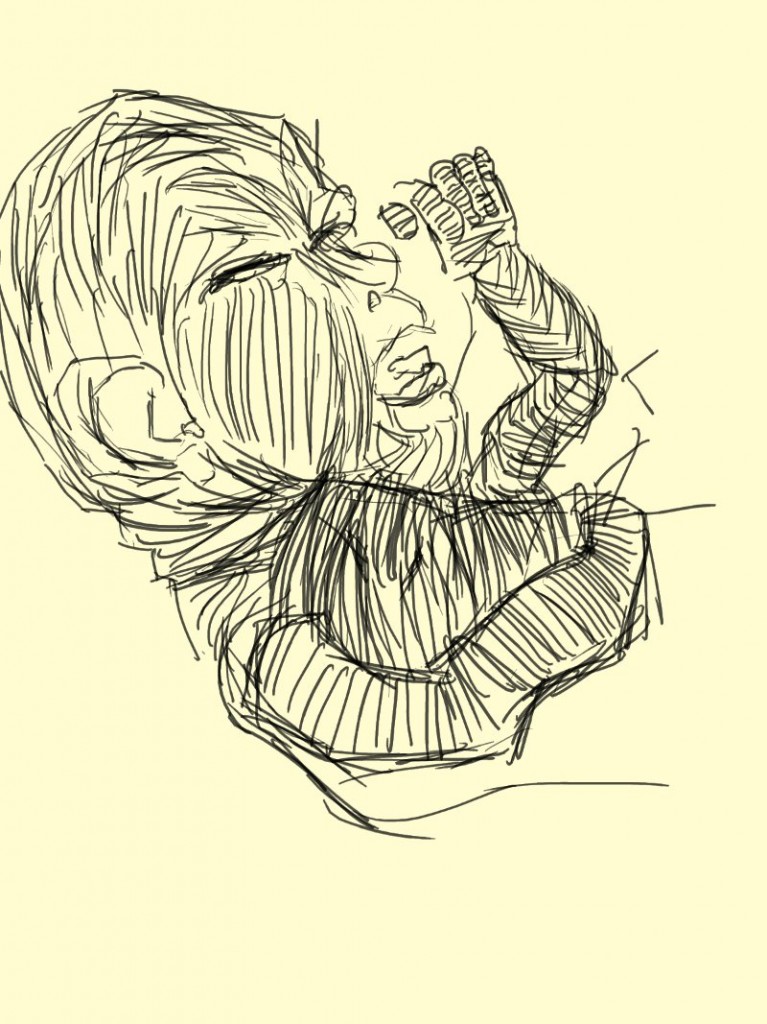
Started with an off white – yellow background. Normally I make this textured with a large brush. Here I haven’t. I used the line similar to the nose study – though it’s rougher. The shape and direction of the lines show the shape I’m attempting to create. Looking at this now I notice I need to slow down and work on areas slower.
I couldn’t leave this as is and added a color layer:
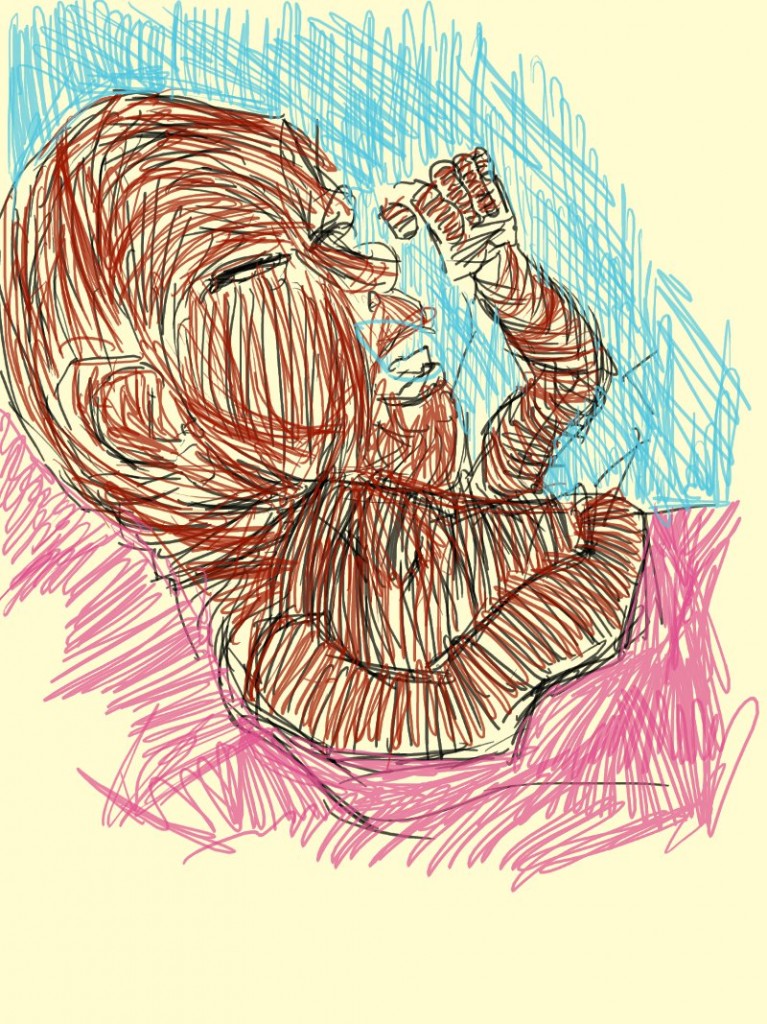
The colour added. It’s just a single layer of color with no effects added to it. Maybe next time could experiment with layers of color and the use of the eraser tool to cut back into colors.
Now I want to do a copy of a Rembrandt or DaVinci work.
Read more →
Digital work from UCOL. It was for the a illustration project – creating a character for a video game or movie etc..
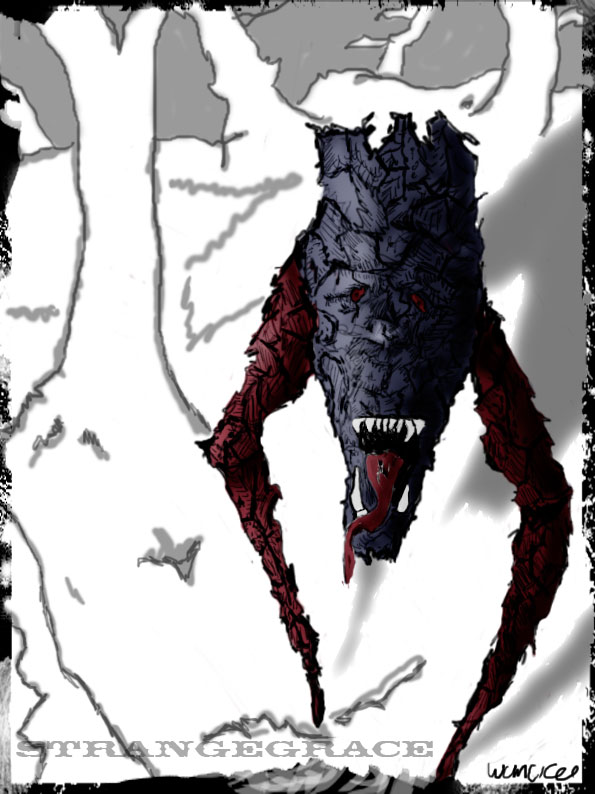
The character I came up with was this two-legged, large head, with sharp teeth. My tutor, Steve really pushed my drawing skills.
Background is minimal – similar style to what I have going now.
I spent a time on Strangegrace, detailed shading and shadows. Doing a project like this now would be interesting… my knowledge of human anatomy would be a advantage and generally better drawing skills. I can’t remember using reference for this. I was never taught how to use reference efficiently.
I’d like to set briefs for myself creating characters and creatures and developing them further. Doing life drawing all the time comes a point where I want to develop an idea further. That’s why these Reddit SketchDaily projects have been fun and helpful – they have gotten me out of my shell and helped develop my work further beyond simply drawing or painting the figure.
I am missing life drawing.
Read more →

















